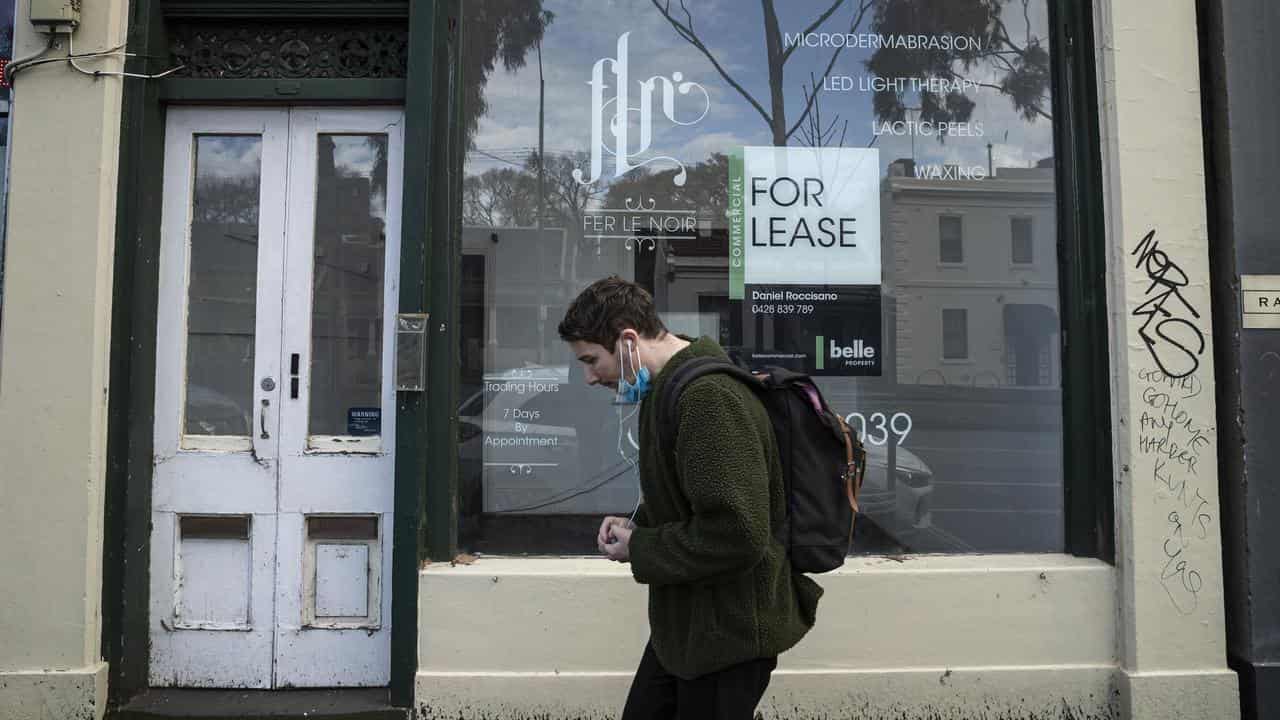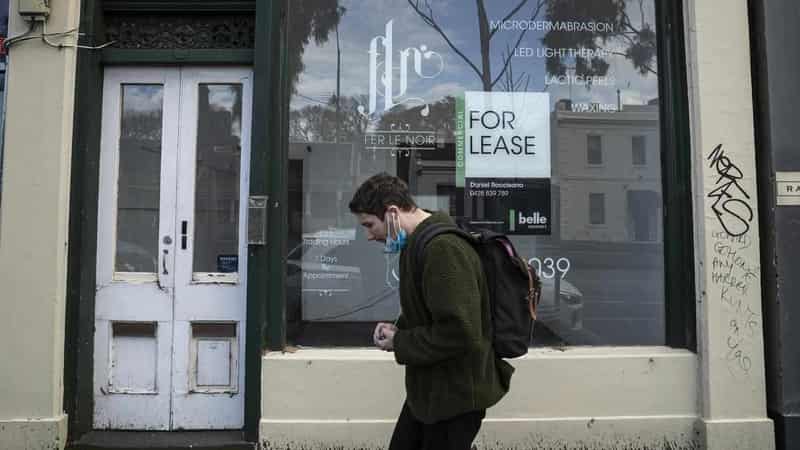
Consumers are starting to waver under the weight of a dozen interest rate hikes and high cost of living, but are managing to find the funds for soccer matches and movies.
Bank card transaction data released by Commonwealth Bank recorded spending growth in August but consumers are clearly in pain based on where their money is going.
While a 0.7 per cent lift in CBA's household spending insights index for the month could be read as a sign of resilience, the result was buoyed by international students paying their university fees.
International students have been returning to Australia in big numbers as migration patterns return to normal after the pandemic, with the group making up a substantial chunk of the 400,000 net arrivals expected in 2023.
Another major contributor to the monthly measure of spending was higher petrol prices.
Transport spending expanded a substantial 2.1 per cent over the month to reflect surging prices at the pump.
The final big contributor to the monthly result was recreation, which grew 1.9 per cent in August.
CBA chief economist Stephen Halmarick said households were still finding money for big-ticket recreation purchases, such as last-minute tickets to the FIFA Women's World Cup.
While day-to-day recreation spending was softening, Mr Halmarick said consumers were most likely making up for lost time during the pandemic and spending up on live events.
CBA’s spending index also pointed to changing consumption habits in the wake of the pandemic, with the gauge growing 2.3 per cent on an annual basis, much less than the 18.7 per cent recorded through to August 2022.
Spending on household goods, such as appliances and furniture, has come down a lot over the year, as has spending on services such as beauty salons.
But consumers are also forking out for items such as insurance, health and education, with the prices of many growing substantially.
Mr Halmarick said households were having to shell out more on things they'd rather not, such as insurance and health care.
He said this likely explained recessionary-level consumer confidence, with the surveys tapping into how people were feeling.
A separate set of transaction data from National Australia Bank painted a similar picture of monthly growth supported by higher petrol prices and recreation spending.
The behaviour of consumers has been a source of uncertainty for the Reserve Bank in its fight against high inflation.
Question marks include the impact of many expiring low fixed-rate mortgages, as well as substantial savings buffers built up during the pandemic that are likely supporting spending.
Mr Halmarick said household spending would likely continue to weaken over the remainder of 2023 and into 2024.
“Monetary policy is now restrictive and financial conditions will continue to tighten in the months ahead on the lagged effect of RBA interest rate hikes and the fixed rate mortgage refinancing task,” he said.









